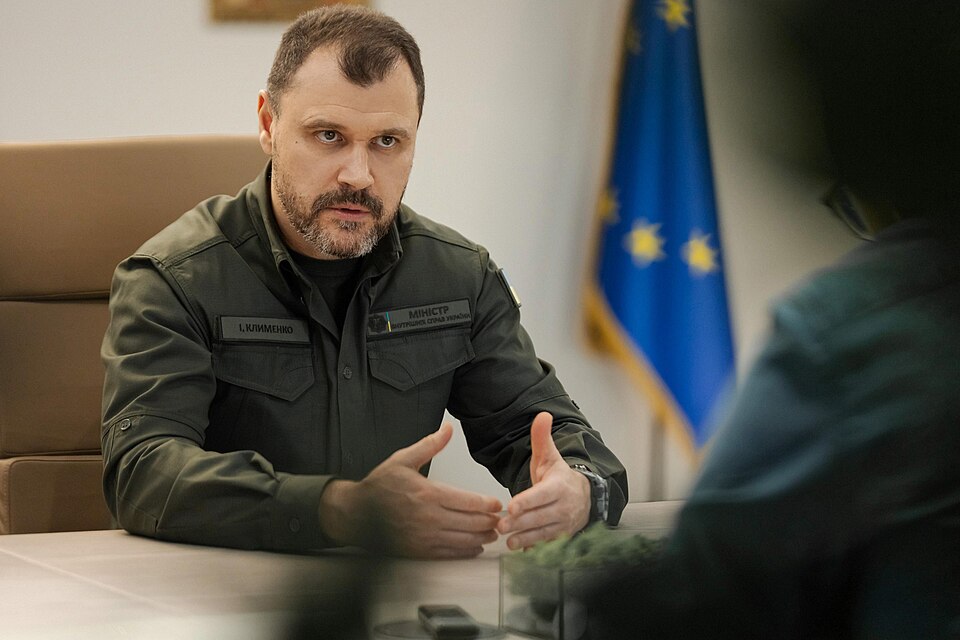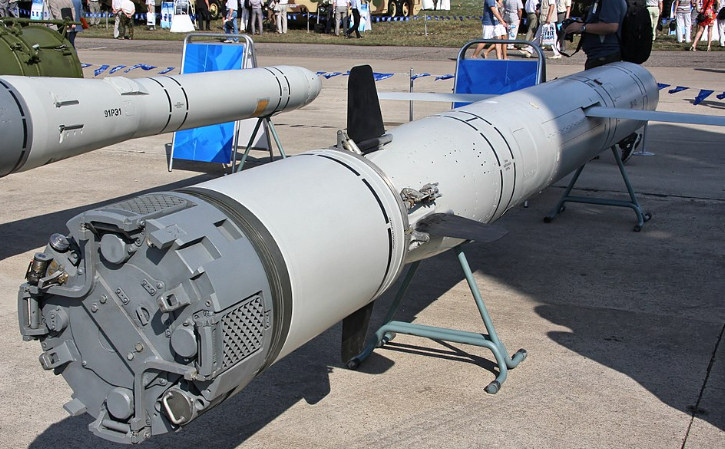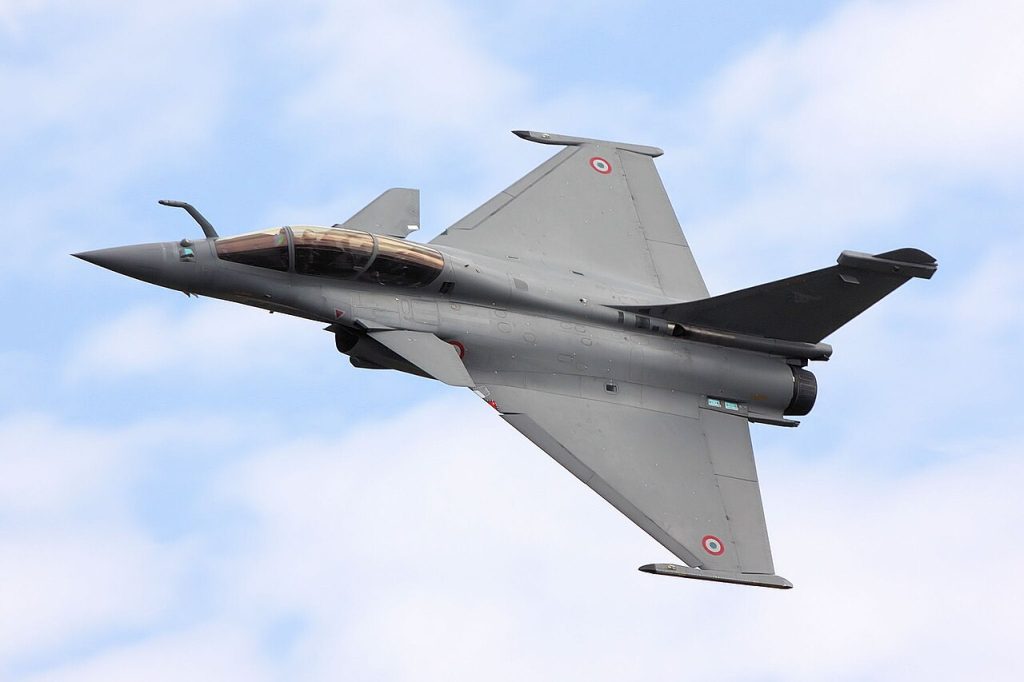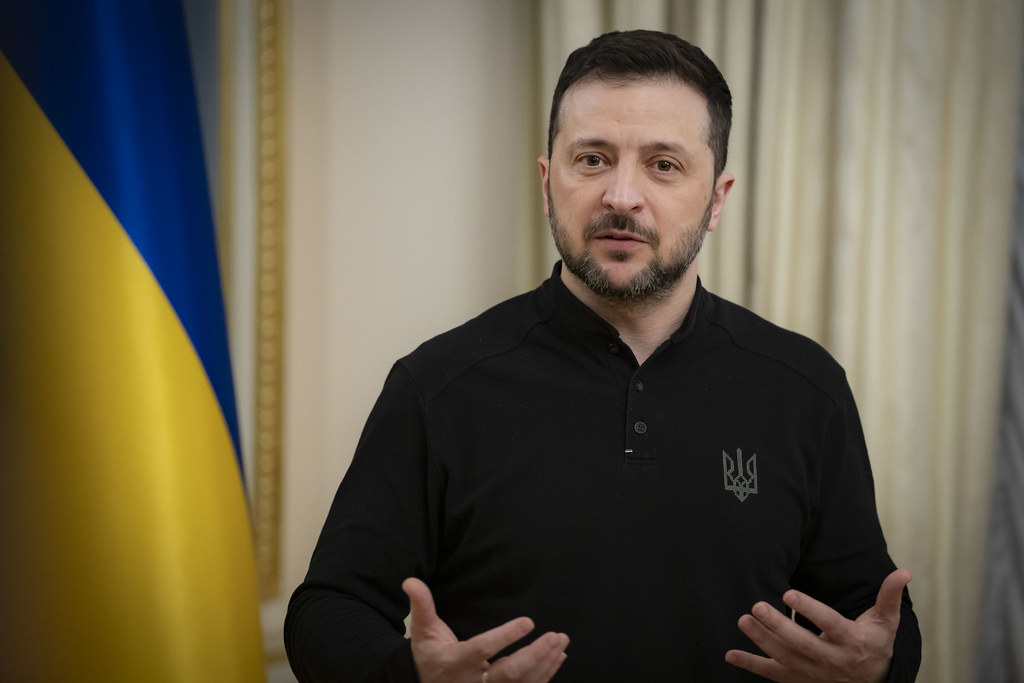
“Entire families are missing.” Those words from Ukraine’s Interior Minister Ihor Klymenko cut through the noise of war, underlining the human cost of Russia’s latest assault. In the early hours of Wednesday, the western city of Ternopil – long considered a relative haven from front-line fighting – was shattered by precision missile strikes that killed at least 26 people, including three children. This was no ordinary attack. The rare, deep strike in western Ukraine compelled NATO air forces to scramble over Poland and Romania.
The incident took place against a background of increasing aerial warfare, changing missile technologies, and high-stake diplomacy. From advanced Kh-101 cruise missiles to plans for the acquisition of Rafale fighter jets by Ukraine, it all reinforces a complex web of military escalation and strategic recalibration. Here are nine critical developments that define this latest phase of the conflict, from the battlefield to the negotiation table.

1. The Ternopil civilian toll:
The strike on Ternopil destroyed two apartment buildings, killing at least 26 people and injuring close to 100 among them 18 children, said Ukraine’s State Emergency Service. Klymenko said that 25 residents were unaccounted for, meaning entire families may be buried under rubble. President Volodymyr Zelensky warned the death toll could rise as rescue teams continued to search. For many Ukrainians who fled eastward fighting, the west had been a refuge until now.

2. NATO Air Response Over Poland and Romania
The attack has provoked a quick NATO response: Romania sent up two Eurofighters and two F-16s after a Russian drone breached its airspace; Poland launched allied fighter jets to secure its borders. Polish airports in Rzeszow and Lublin were closed to allow military aviation freedom of operation. These moves illustrate how the alliance is on high alert since Russia’s munitions and drones have come close or crossed over alliance territory.

3. Kh-101 Cruise Missile Employment by Russia
The Ukrainian air force estimated that Ternopil was most likely struck by the Kh-101 cruise missile of Russia, a weapon designed to defeat air defenses. The Kh-101 has a range of 2,800 km and flies at low altitudes using radar-absorbing materials and advanced guidance systems that enable it to achieve a circular error probable of 10–20 meters. It carries either a 450 kg high-explosive or penetrating warhead, making it one of the perfect instruments for precision strikes against urban targets.

4. Large-scale Drone and Missile Strike
Ukraine’s military said Russia had launched 476 drones and 48 missiles during the night – among them Kalibr cruise missiles. The scale of the attack strained air defenses, though Ukrainian forces claimed to have intercepted 41 cruise missiles and 442 drones. Such saturation tactics aim to overwhelm interception systems, forcing defenders to prioritize targets and exposing vulnerabilities in coverage.

5. Ukraine’s ATACMS Strike on Voronezh
In fact, just a day before the Ternopil attack, Ukraine fired four U.S.-supplied ATACMS ballistic missiles at military targets in Voronezh, nearly 200 km inside Russia. Moscow claimed to have intercepted all four and destroyed the launchers, killing up to 10 Ukrainian personnel. The ATACMS, with a range of almost 300 km, represents Ukraine’s expanding capability to hit deep into Russian territory-a move Russia denounces as a major escalation.

6. Patriot Air Defense Upgrades
The United States approved a $105 million sale to upgrade Ukraine’s Patriot launchers from the M901 configuration to the M903 configuration. The M903 launcher can shoot a load of up to 12 PAC-3 MSE missiles, providing enhanced intercept capability against the most advanced threats. These include spare parts, training, and logistical support to reinforce Ukraine’s layered air defense network amid continued missile and drone attacks.

7. Rafale Fighter Jet Deal with France
Ukraine signed a letter of intent for the purchase of up to 100 Dassault Rafale F4 multirole fighters through 2035. The F4 standard provides networked combat capability, radar improvements, and integration of the Mica NG and SCALP-EG missiles. France and Ukraine also agreed on co-developing interceptor drones. Financing is not clear, with plans to access EU funds and frozen Russian assets facing legal and political hurdles.

8. Energy Infrastructure Under Fire
The Russian strikes targeted energy facilities in Kharkiv, Ivano-Frankivsk, and Lviv, causing citywide blackouts. Strikes in Lviv hit a woodworking plant and a warehouse that was 10,000 square meters in size. Such attacks aim to paralyze Ukraine’s power grid during winter with the purpose of undermining civilian resilience and industrial capacity.

9. Diplomatic Maneuvering in Turkey
Hours before the attack, Zelensky arrived in Turkey to speed up new peace talks and exchanges of prisoners. A key intermediary, Turkey is brokering talks despite Moscow’s absence from the negotiating table. Zelensky is pressing to have Ukrainian military and civilian captives, as well as abducted children, home before the year is out. Meanwhile, U.S. diplomats reportedly were working on a new framework for peace with the Russians, a possible sign of shifting dynamics in negotiations.
The Ternopil strike crystallizes the changing character of the war: precision weapons striking deep inside what was perceived as a safe zone; the rapid defensive mobilization of NATO; Ukraine’s push for advanced military hardware. The interplay between battlefield escalation and diplomatic outreach, as winter approaches, will shape the next phase of this conflict-with civilians, as ever, bearing the brunt of its consequences.


